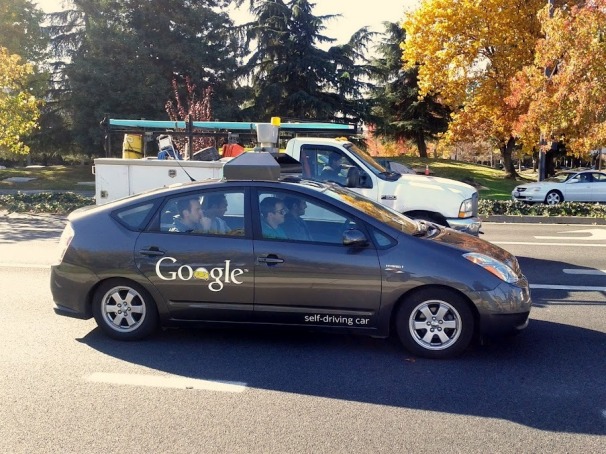
Until now, the idea of smart cars is only associated to the tiny vehicle, but a new breed of intelligent cars is on the way.
Thanks to ever new developments in technology, we will soon be able to sit back and relax in the car while a robot is doing all the driving for us. And we are not simply talking about cars that go into auto-mode on straight roads but about driverless vehicles that will cross busy intersections for us – without stopping at traffic lights.
The idea of driverless cars is difficult to get used to. First of all, it seems scary that vehicles with no one behind the steering wheel will pass us on the motorway. Second of all, a lot of people enjoy driving. So why would we want to let a robot have all the fun?
It will save us time and energy, believes Peter Stone, a computer scientist at the University of Texas in Austin. At intersections we often wind up, sitting at a red light for 45 seconds even though no one is passing through the green light in the opposite direction. But you don’t have to do that in a world where traffic flows according to computer communication, instead of the systems that have been built with human behaviour in mind, explains Stone.
[ad]
The driverless cars will be equipped with a computer system and sensors that can detect other cars and swerve in and out to avoid collisions. Traffic would constantly flow while avoiding even the slightest scrape to any car.
“There would be an intersection manager,” Stone says, “an autonomous agent directing traffic at a much finer-grain scale than just a red light for one direction and a green light for another direction.”
Stone and his colleagues argue that traffic would be much safer and the movement of people more efficient. It would also be a huge advantage for the disabled and elderly who can’t drive or for parents who don’t have time to take their kids to football practice as they would be able to drive themselves.
Although the idea still seems far-fetched, technology for the smart cars is pretty much already there, says Stone. This is also the promise of Google’s self-driving-car project that already has a fleet of driverless cars on the road. The Google autonomous vehicle drives close to 70 mph with no human involvement on busy public highways. “The car can do 75 mph,” Chris Urmson from Google told Wired.“It can track pedestrians and cyclists. It understands traffic lights. It can merge at highway speed.”
The computer scientists are seriously convinced that one day in the not-so-far-away future we will all be in driverless vehicles. “The question is when will it be cost-effective? When will the legal industry wrap is head around it, and [what about] the insurance industry?”, says Stone. Another big question, maybe the more pressing one, will people get used to the idea of autonomous cars?






